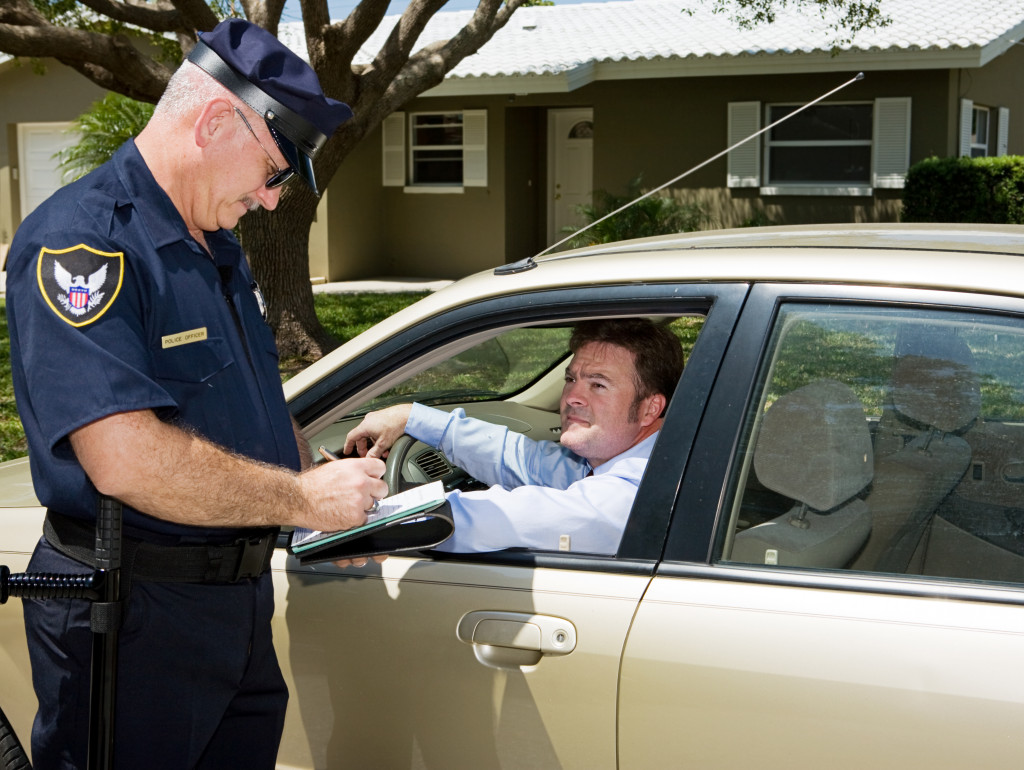If you are buying a car for the first time in the United States, it is your responsibility to learn the laws governing automobiles and driving. Even current vehicle owners must stay updated as there are often changes in the laws. Citing ignorance after unknowingly violating a law will not exonerate you.
State Laws on Window Tinting
Upon taking hold of a new vehicle, one of the first things owners usually do is to have the windows tinted. This is trendy these days and provides some degree of privacy in addition to protecting vehicle occupants from ultraviolet (UV) rays of the sun.
There are varying laws about automotive window tinting among the different states. You must know the specific law in your state. If you intend to drive your car across different states, you must first check on their laws, as well.
Car window tinting is illegal in New Hampshire, Vermont, and New Jersey. On the other extreme, there is no limit to the extent of tinting allowed in Michigan. Other states vary in the extent of tinting they allow, ranging from ten to 60 percent. In certain states, individuals with medical conditions that make them sensitive to sunlight, such as albinism, solar urticaria, and bloom syndrome, are exempted from the window tinting limits. The individual must always have a medical certification about the condition on hand to show traffic officers.
Laws Against Mobile Phone Usage While Driving
Text messaging while driving is not allowed in 48 states plus the District of Columbia (D.C.). In Missouri, text messaging while driving is prohibited only for drivers below the age of 21. The only state that has no law against this is Montana which has a small population.
In 24 states and D.C. as of April 2020, drivers are not allowed to talk on hand-held mobile phones while driving. There have been updates in 2021. As of January, Virginia, Arizona, and Idaho banned drivers from holding mobile phones while driving. In Idaho, drivers cannot do so even when stopping for a stoplight or stop sign. Drivers can make hands-free calls with an earpiece and a Bluetooth connection, but they are not allowed to look at their phones, swipe, check their social media accounts, or watch videos.
The fine in Virginia is up to $125 for the first offense and $250 for any following offenses. In Idaho, the first offense fine is $75, the second offense fine is $150, and the third is $300. After three offenses or more, the driver’s license could be suspended for up to 90 days.
In Arizona the fine ranges from $75 to $149 for the first offense and then $150 to $250 for subsequent offenses. If a driver in Arizona using a mobile phone causes an accident, the charge will be for a misdemeanor with a possible jail term of six months and up to $100,000 in restitution.
As of July 2021, California increased the punishment for a second offense committed within three years of the first to a Department of Motor Vehicles (DMV) point on the driver’s record. A driver who gets 11 points within 18 months will have his or her license suspended.

Other New or Updated Driving Laws
There are other new driving laws and updates on existing laws in various states effective 2021. Undocumented immigrants in Oregon and New Jersey can now apply for a state driver’s license. In Virginia, they can get a driver’s privilege card.
In New York, drivers who live in the state will benefit from the freezing of EZPass rates for tolls. The licenses of drivers with unpaid fines and other fees will no longer be suspended. On the other hand, drivers from other states who drive into New York will be charged 15 percent more on EZPass and 30 percent more if payment is by mail.
In Maryland, if a vehicle is impounded, the owner cannot retrieve it without paying outstanding traffic or parking tickets. This will not apply if a hearing finds no probable cause for impounding the car.
California requires vehicles to slow down or move to another lane when approaching an emergency vehicle that has stopped and has flashing lights. This is intended to keep emergency service first responders safe. The fine for a violation is $50. When people must evacuate from an area, emergency vehicles can issue a warning through a high-low sound. In Pennsylvania, drivers passing by an emergency response area must also move to another lane. If they cannot do so, they must slow down to 20 miles per hour.
There is a California law that prohibits leaving children unattended in vehicles. Now, if a child below six years old is in imminent danger from heat, cold, or anything else, anyone is allowed to rescue the child even if it means trespassing and damaging the vehicle.
In addition to state laws on driving and vehicles, cities and counties also have their own laws that cover their jurisdictions. As a vehicle owner and driver, you must ensure that you are knowledgeable about all the laws that you must comply with.




